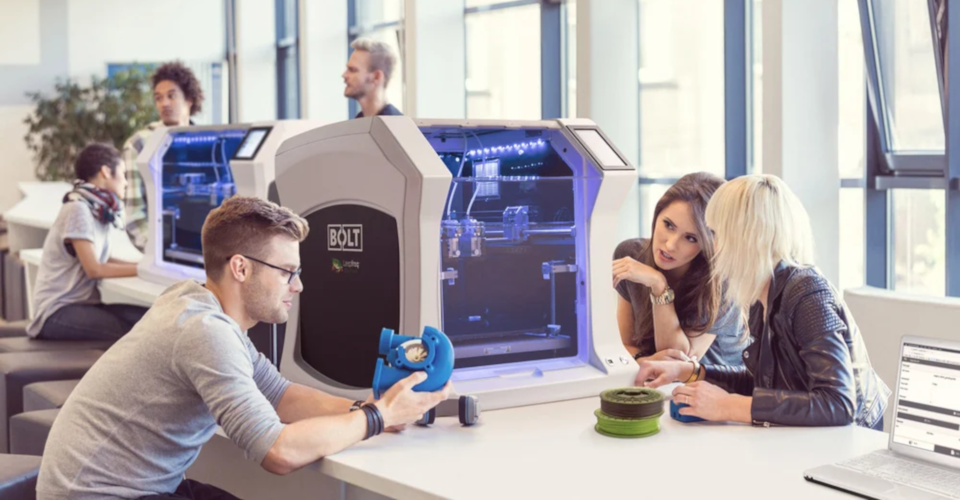3D Printing in Education: Molding Minds
3D Printing indeed has a ton of applications. It’s not just for the large institutions or hobbyists anymore as it’s slowly inching its way into the mainstream, especially in education. As the price of 3D Printing plummets and becoming much easier to use, applications for education is quickly coming up.
There are a lot of educational benefits that can be gained from 3D Printing. Even kids in the lower grades can reap the rewards of tackling real-world problems with this technology. Of course, higher education opens up a lot of learning opportunities for everyone.
Technology in the classroom is the way to go. As schools and universities embraced computer education a couple of decades ago, it seems that 3D Printing is headed in the same direction.
There are endless education applications from engineering, biology, chemistry, architecture, even art. These fields can take advantage of using 3D printing technology and help students visualize real problems and innovate ways to solve them.
How 3D Printing Works
Think of it as a printer, but instead of using ink on paper, it produces 3D models from plastic, rubber, metal, and other materials. Using 3D CAD for the design transforms a digital model of an object into a series of 2D layers. Then the printer prints it layers by layer and builds up the object.
Using 3D Printing in Education
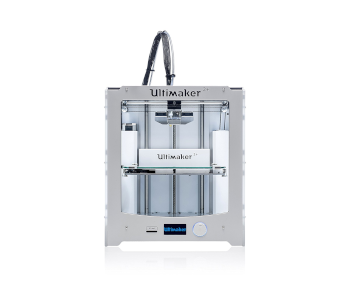
3D Printing has already changed manufacturing, making it better and more efficient. The manufacturing industry is using this technology to create car and airplane parts. For those with a background in 3D Printing, working in the industry will certainly give you that advantage over other candidates.
Its use is still growing in education, but it certainly facilities learning, skills development, and better engagement between students and teachers. It also sparks creativity and innovation, especially when it comes to solving problems.
3D Printing in Schools
3D Printing can be included in virtually all school levels. From primary through high school, it allows educators access to incredibly accurate prototypes and models that provide hands-on knowledge that’s important for understanding many STEM concepts.
With 3D Printing, students get to experience learning through screens or books, but teachers can build prototypes and artifacts that will complement the entire process. There is a better understanding as students will be able to touch and observe artifacts. They can even gain an improved knowledge of concepts like molecules by learning through exploration instead of textbooks.
Of course, you would want to get a 3D printer that would suit the needs of your students. Schools need printers that can take on the demand of the classrooms. It needs to be user-friendly enough to quickly use it and print out something that they need to have a closer look at.
3D Printing in Universities
Students get a lot more out of 3D printing technology and its benefits at higher levels of education. A lot of universities and technical colleges have 3D Printing as part of their curriculum, especially in the field of engineering and applied sciences.
Even MIT has its own graduate and advanced degrees focused on 3D Printing, which shows that it is the future. The University of Texas also has its own courses on technology, which also involve design focusing on manufacturing.
In the sciences, 3D Printing also can give students a more experiential learning aid, especially when it comes to concepts that are hard to grasp, such as atoms and molecules. You can even use 3D printing technology to create models and prototypes as experiments in various fields like aerospace and robotics.
Higher level education, especially in the STEM fields, can take advantage of 3D printing technology. There are many learning opportunities here, especially when it comes to giving students a different avenue for engaging with hard-to-grasp concepts.
Benefits of 3D Printing in Modern Education
There are a lot of fields that are going to be impacted by 3D Printing. As technology evolves, education needs to make the necessary changes to help accelerate that progress. 3D Printing brings with it a lot of benefits to students, especially in the way they learn.
Many industries and professions are now using 3D Printing to streamline their processes. Today’s students must get a head start so that they already have the knowledge and understanding of how to use these new technologies when they join the workforce.
Engaging Students
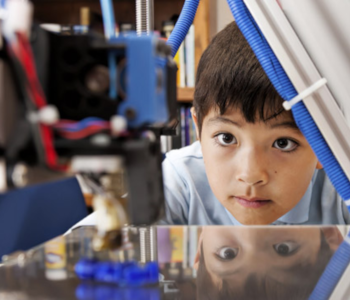
No matter what level they’re in, most students learn much better when classes are fun and engaging. This is especially true in STEM subjects and fields where lessons can sometimes get too disengaged from what students see in the real world.
3D Printing allows teachers to design learning opportunities that are new and experiential so that deep theoretical topics are transformed into objects that students can hold and look at. Some may think that they’re playing, but what they will later realize is that they’re also learning at the same time.
Adding technology to the classroom gives students a different way to synthesize information. 3D Printing makes vague constructs come to life, opening up brand new learning avenues where students can learn about design, planning, problem solving, and other skills.
Complement the Curriculum
No matter what the curriculum is, 3D printing will have space in the classroom. Whether it’s science, engineering, math, even art, and music, you can always make use of 3D printing technology.
It changes the students’ perspectives changing them from a consumer of information to someone who is part of it. This is especially true if you involve students throughout the process to be part of conception, design, and eventually execution of the idea until it’s printed into a 3D object related to a lesson in class.
Open Possibilities for Learning
Since 3D Printing is a new technology, it opens up a lot of avenues for learning. This is especially true for topics that could help with a physical model so students can take in the concepts much quicker.
Visual learning environments can help students, no matter what level they are in, to figure out difficult ideas and theories. This way, teachers and instructors will present the information in a more efficient and stimulating matter.
Promote Problem Solving Skills
3D printers are more than just understanding concepts, ideas, and theories. It can also be about the equipment, as it offers students a chance to work out how different machines work. Operating, troubleshooting, and solving problems that come up are excellent ways to engage students and teach them problem solving skills.
This is one important skill, but not a lot of students have a chance to learn. It gives them a chance to practice endurance, grit, and persistence and figure out why things are not working the way they should be.
Fueling the Creative Process
When you think of STEM fields and subjects, you’ll always think of equations and formulas. But, behind those letters and numbers, you can transform them into actual models with the help of 3D printers. Whenever students get a hold of those models, it can increase their creativity as they’ll see the intricate details that are precise and help them understand the concepts even more.
Instead of just being able to see those models on a computer screen, students will be able to interact with them. They’ll be able to see how protein molecules fold or where electron clouds are positioned.
Revolutionizing Education
3D Printing is the latest technology that will revolutionize education. Similar to what computer did decades ago, additive manufacturing and Printing has the same potential. Here are some of the ways on how it can help improve education and impart more knowledge and skills to students:
1. Engineering Prototypes
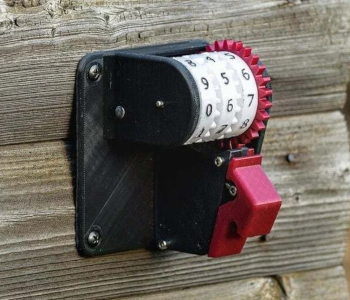
3D Printing will have a dramatic effect in the field of engineering. Whether it’s in building design, electronics, or robotics, there are many ways this technology can be put to good use. It’s slowly being used in manufacturing to quickly prototype products, and students can take advantage of it too.
Students will now be able to produce prototypes and projects with more complex structures and study them to give them more detail compared to traditional methods. You’ll be able to quickly create and iterate on prototypes and figure out the best design that will work.
There are many fun projects that engineering students can undertake that will help them understand the world a lot better.
2. Architectural Models and Designs

3D Printing is also useful to architecture students where they’ll be able to see incredibly accurate scale models of their designs. It’s also a helpful tool to study classic architectural wonders and see all of the details that pictures will not be able to capture.
This technology will also open up new avenues in structural design as new approaches will be developed based on 3D Printing. There are now gigantic printers that can build houses in a fraction of the time traditional methods do. Teaching students this will help refine that process.
A new breed of architects and building designers can start experimenting with shapes and geometries that have the possibility of cutting costs and time dramatically. There will be many problems that 3D printing will solve in the area of architecture and building design, and exposing students early to it will give them a head start.
There are a lot of architectural projects that students can work on with the help of 3D Printing. Even real world examples exist that will give them the inspiration that this is the new way of designing buildings.
3. 3D Maps
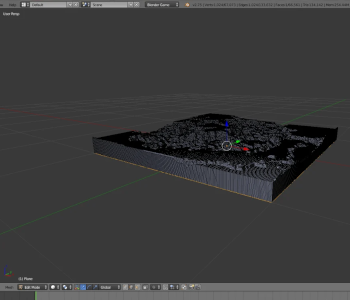
3D Printing is not just about engineers and architects. Even geologists can take advantage of this new technology. Maps have always been flat, and it’s difficult to imagine topographies and elevation. Making three dimensional versions can be time consuming and tricky.
Now, with the advent of 3D Printing, they’re as simple as pressing a key and waiting for it to finish. It will take some time, but it’s going to be less hands-on than creating one using traditional methods.
Students will be able to create these maps from existing data in no time. There are a lot of projects that you’ll be able to work on converting flat maps into their 3D version. It’s going to give you a much different perspective with the world around you as now you’ll be able to see the various elevation changes that you otherwise won’t notice.
These maps are also a great tool for disaster officials, allowing them to identify problem areas before calamities hit.
4. Physical Models of Organs and Cells
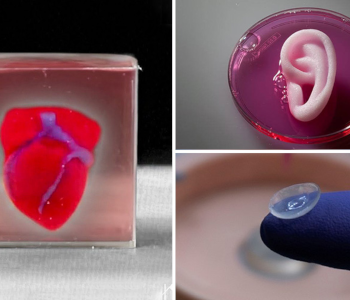
Students in the medical field can also take advantage of 3D printing technology. They will be able to use it to print out physical models of organs, tissues, and even cells. This is especially helpful for training surgeons as they will have an exact replica of organs that they will be operating on.
It’s not just for surgeons, though, as any student in the medical field can use these models to study and hone their skills. If you want to learn more about something, you should have a physical model to look at so you’ll be able to match that with what you read in textbooks.
3D Printing is also helpful for learning incredibly small body parts like cells. You can even print out viruses allowing students to imagine what happens inside the body when you’re infected. This will give more insight to students and professionals so they can think of novel solutions.
The field of bioprinting is also getting traction where entire organs can be made from cells or materials that can be safely put inside the body.
5. Molecular Models
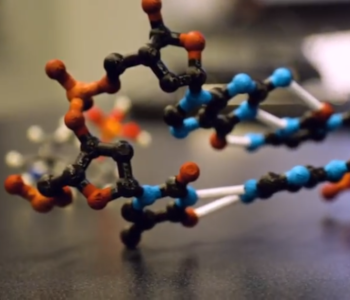
Chemistry and physics are also an area that can use 3D printing technology. This is especially true with molecules and quantum physics, where these incredibly minute concepts can be hard to visualize. With 3D Printing, students can have a physical version of them where they’ll be able to study them much closer and understand how they work.
Atoms and molecules are so small that even looking at them on a computer screen or in a book can be challenging. Printing them, however, will allow students to hold them and move them around in 3D space, giving them a more concrete idea of how they bond together.
Visualizing atoms and molecules can help students understand chemistry concepts a lot more. Chemical bonding can be a tricky subject to fully comprehend, but with 3D models, it’s much easier to show how this happens.
Wrap Up
There are a lot of uses of 3D Printing. Education may not be the first thing that comes to mind, but training students from all levels will impact later on. For sure, manufacturing is reaping the rewards of adopting this new technology early, and soon education will too.
3D printing technologies grant students many new skills and open up new ways for them to learn. For one, they will be able to enjoy improved learning and engagement, which translates to further skill development. It also sparks better creativity and collaboration, especially when it comes to solving problems.
There are a lot of ways to use 3D Printing in education, and there are indeed a lot of applications. There are also a ton of interesting projects, no matter what field you’re in.

